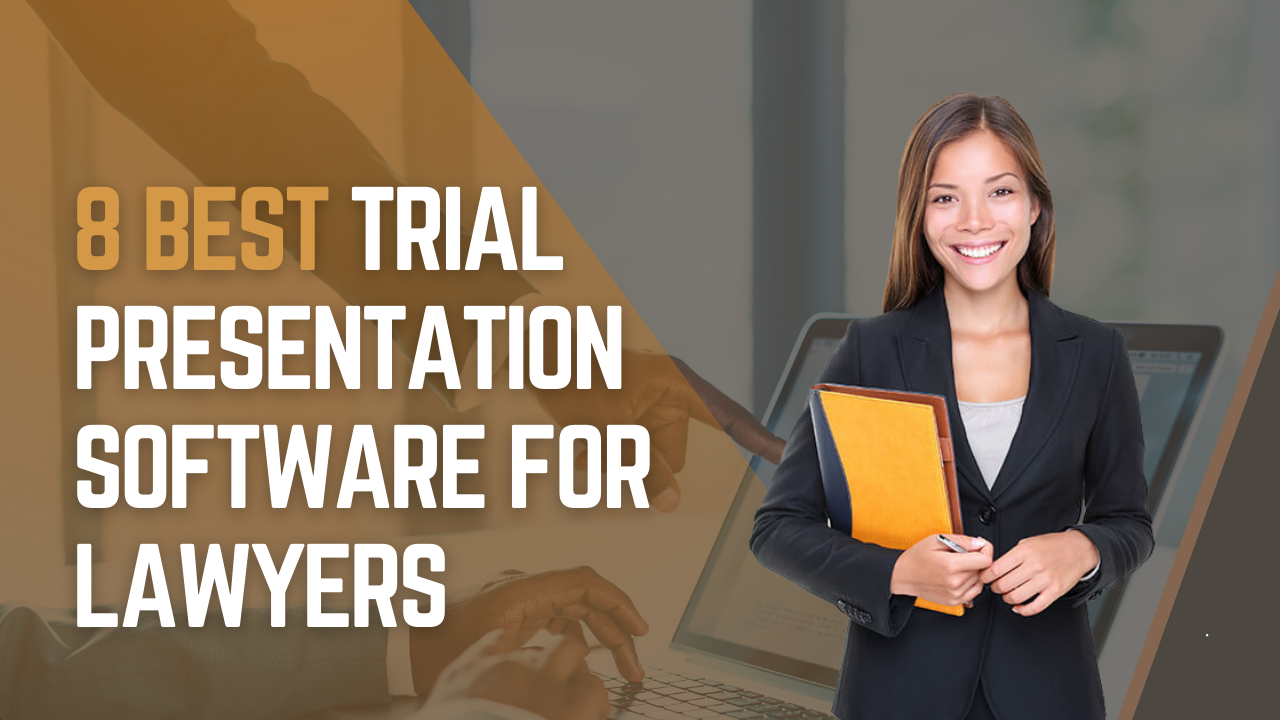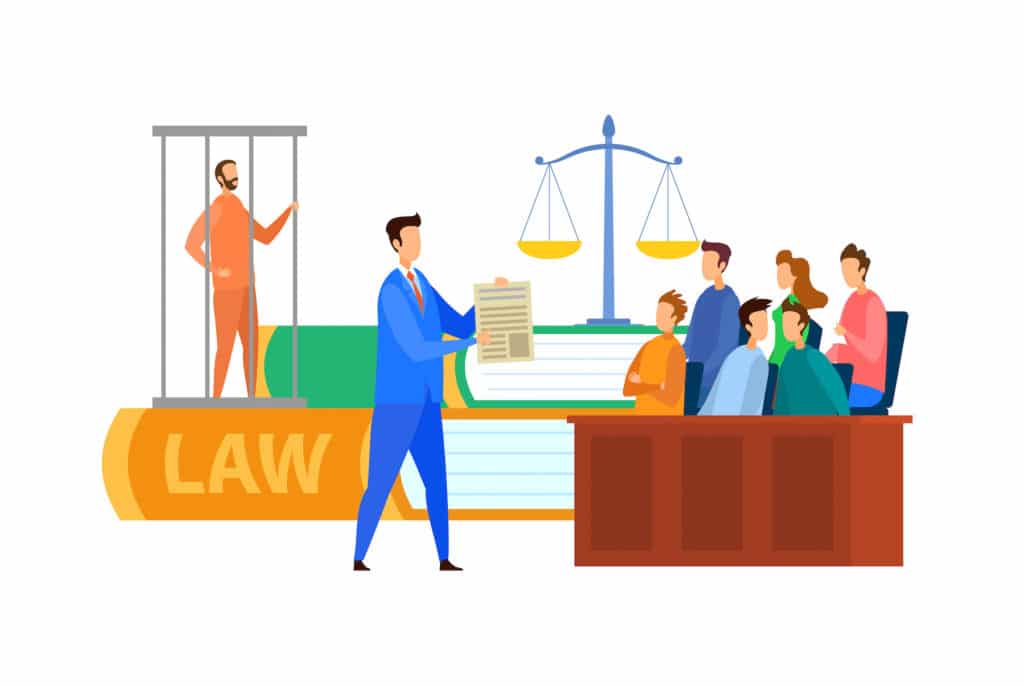From Idea to Court: Steps to Develop Powerful and Convincing Trial Presentations
From Idea to Court: Steps to Develop Powerful and Convincing Trial Presentations
Blog Article
Navigating the Intricacies of Test Presentations: Tips for Seamless Delivery and Compelling Disagreements
In the world of legal proceedings, the art of test presentation stands as an essential factor of success. The intricacies inherent in test presentations need a fragile equilibrium of skill, skill, and method.

Understanding Trial Goals
To effectively navigate a test, it is critical to have a clear understanding of the purposes that need to be achieved. Prior to entering the court, legal groups should define their objectives and wanted end results. These purposes work as directing concepts throughout the test, shaping strategies and affecting decision-making processes.
Recognizing trial objectives includes a thorough analysis of the case, legal criteria, and the client's benefits. Trial Presentations. It needs a thorough evaluation of the facts, determining vital concerns, and anticipating potential challenges. By establishing quantifiable and details objectives, lawyers can customize their presentations and debates to straighten with the desired results
Furthermore, a clear grasp of trial goals enables lawful teams to prioritize proof, witnesses, and lawful disagreements successfully. It enables the advancement of a meaningful narrative that reverberates with the judge and court, reinforcing the overall instance discussion.

Organizing Evidence Properly
Having a clear understanding of test goals lays the structure for arranging proof effectively in legal proceedings - Trial Presentations. By lining up the presentation of evidence with the preferred outcomes of the trial, lawful groups can strengthen their debates and improve their persuasiveness. One crucial element of organizing proof is classification. Organizing evidence based on motifs or importance to details legal aspects can aid improve the discussion and make complex details a lot more absorbable for the judge or jury.
One more secret component in arranging evidence properly is establishing a rational circulation. Presenting proof in a systematic and sequential way can assist develop an engaging story that supports the lawful debates being made. In addition, utilizing aesthetic aids such as charts, graphes, or timelines can further improve the organization of proof and help in clearing up intricate connections or sequences of occasions.
Furthermore, making sure that all evidence provided is admissible and pertinent to the instance is crucial. Inadmissible or unnecessary evidence can diminish the toughness of the disagreement and potentially damage the credibility of the offering celebration. Therefore, a thorough review and choice process ought to be taken on to include only one of the most legitimately audio and impactful proof in the trial discussion.
Crafting Convincing Stories
Crafting compelling stories plays a pivotal role in providing convincing debates during legal proceedings. When constructing a narrative for a trial presentation, it is vital to establish a clear story that highlights vital points and links them in a systematic fashion. By weaving together proof, statement, and lawful debates into a convincing and natural narrative, legal professionals can efficiently promote for their customers and raise the chance of a positive end result in the court.
Grasping Aesthetic Aids
Reliable use visual aids is crucial to boosting the impact and clearness of test discussions. Visual help, when utilized purposefully, have the power to streamline complicated information, strengthen vital factors, and leave a lasting impression on the court and court. To understand aesthetic help in trial discussions, it is essential to make home sure that they are clear, succinct, and appropriate to the disagreements being made.
When including visual aids, such as graphes, charts, timelines, or pictures, right into a trial presentation, it is important to maintain them aesthetically appealing yet expert. The visuals need to complement the verbal disagreements, giving a visual depiction of the info being discussed without overwhelming the audience with unnecessary details.
Moreover, experimenting the visual aids ahead of time is imperative to make sure a seamless distribution during the trial. Acquainting oneself with the content, shifts, and timings of each aesthetic aid can assist maintain the flow of the discussion and avoid technical glitches that might arise.
Providing Impactful Closing Debates
An engaging closing argument works as the culmination of a trial discussion, enveloping the core story and persuading the judge and jury towards sites a beneficial choice. To deliver an impactful closing argument, it is critical to succinctly wrap up bottom lines, highlight the staminas of your instance, and deal with any type of weaknesses in a tactical way. Begin by outlining the main arguments that sustain your client's setting, emphasizing why the evidence presented throughout the test sustains your narrative. It is necessary to develop a sense of communication and quality, assisting the discretionary towards the preferred verdict.
In addition, including emotional allure can further reinforce your closing disagreement. Inevitably, a well-crafted closing disagreement need to leave a long lasting impact, compelling the judge and court to rule in your customer's support.
Conclusion
Finally, mastering test presentations involves comprehending goals, organizing proof, crafting stories, using visual help, and supplying impactful closing disagreements. By applying these strategies efficiently, attorneys can present their situation perfectly and make engaging disagreements in the court. It is important to navigate the intricacies of test discussions with accuracy and ability to accomplish success in legal procedures.
By straightening the presentation of proof with the preferred results of the trial, lawful teams can reinforce their disagreements and enhance their persuasiveness (Trial Presentations). To master visual aids in test discussions, it is important to make certain that they are clear, succinct, and appropriate to the arguments being made
A compelling closing debate serves as the end result of a trial discussion, enveloping the core narrative Look At This and convincing the judge and jury towards a positive choice. Begin by describing the major disagreements that sustain your customer's setting, highlighting why the proof presented throughout the trial sustains your narrative.In final thought, grasping trial discussions entails understanding goals, arranging proof, crafting narratives, making use of aesthetic help, and providing impactful closing arguments.
Report this page